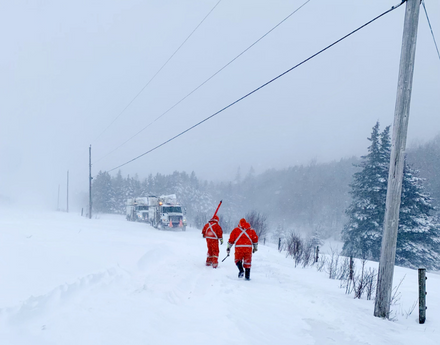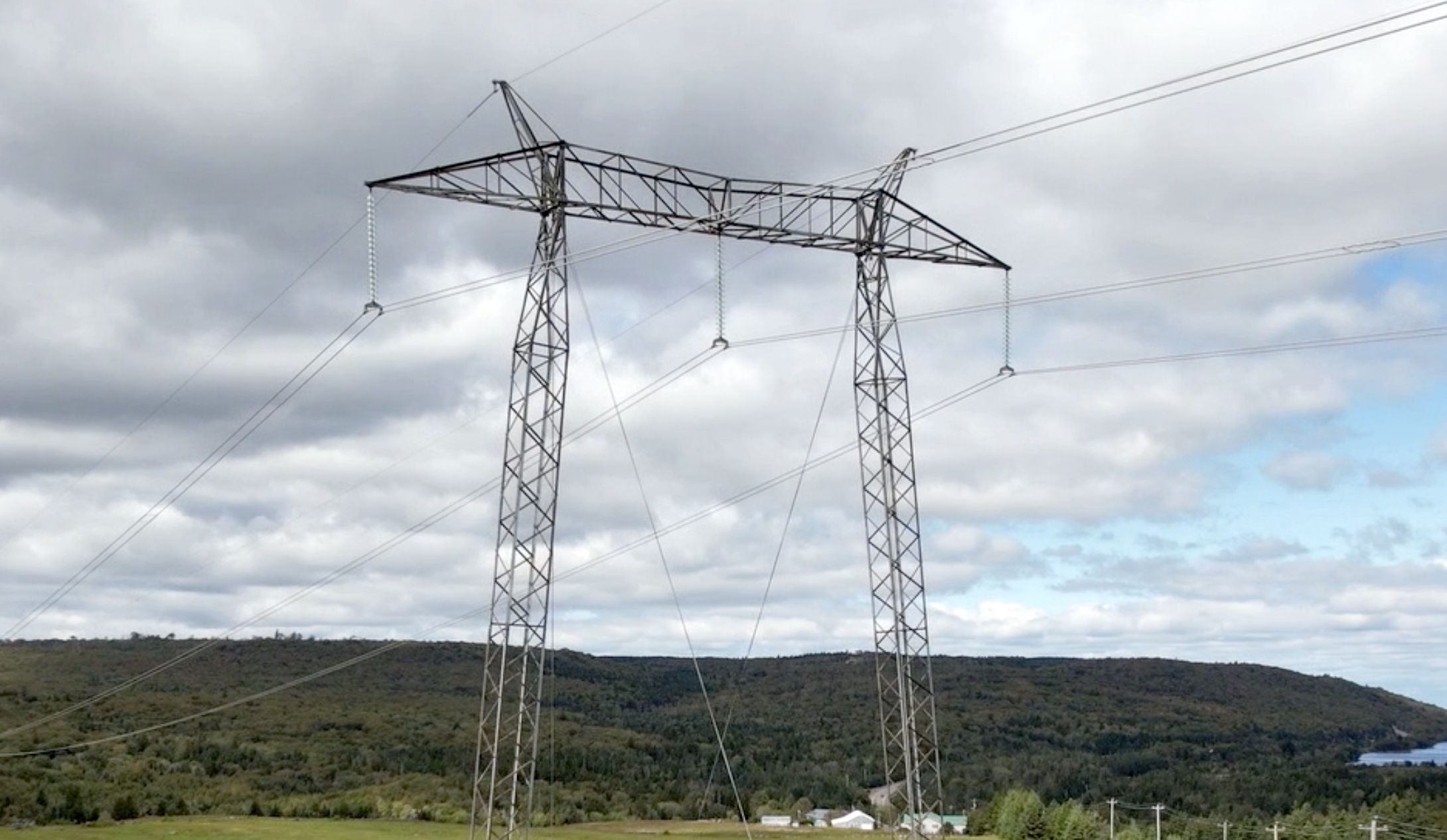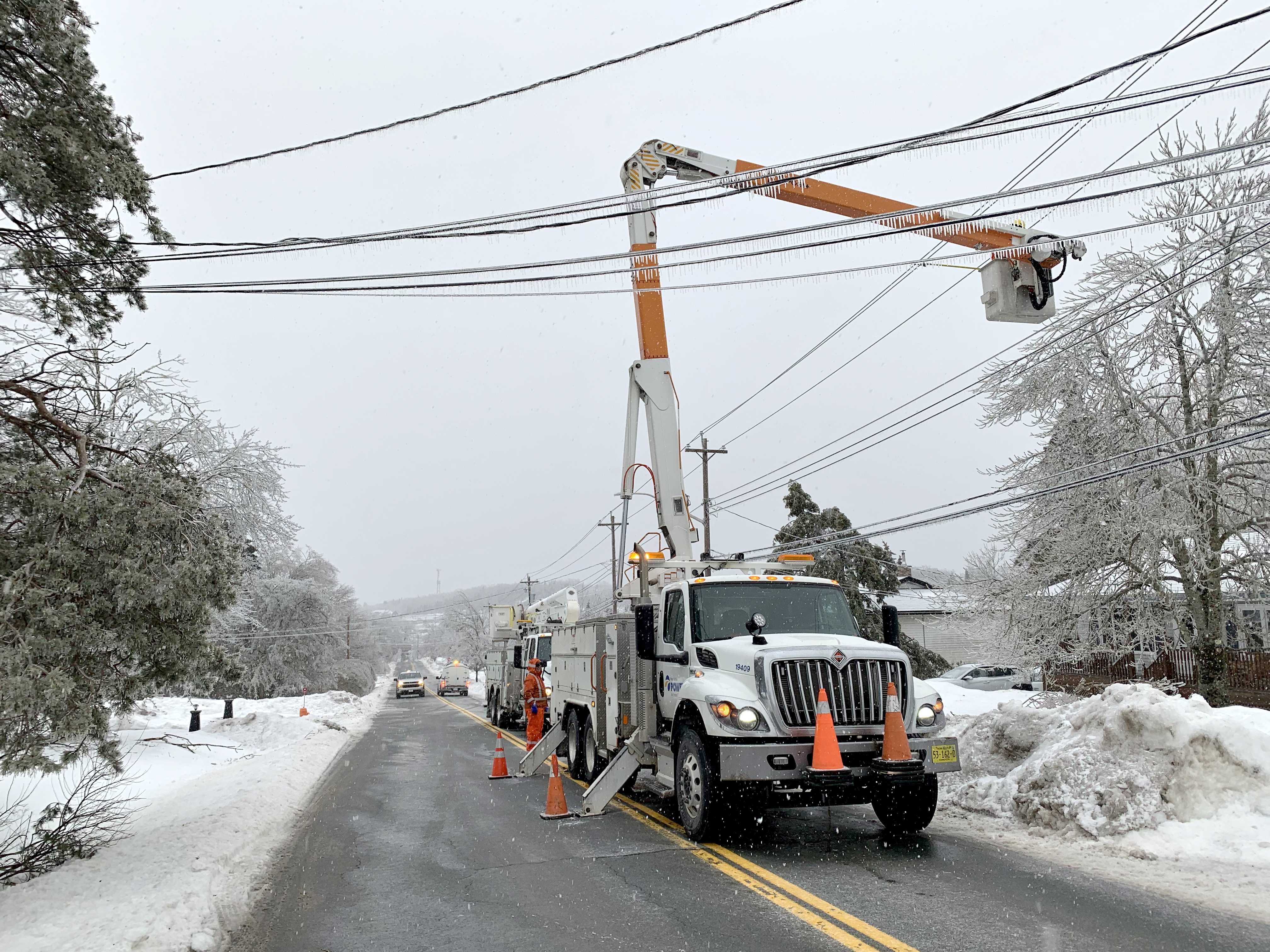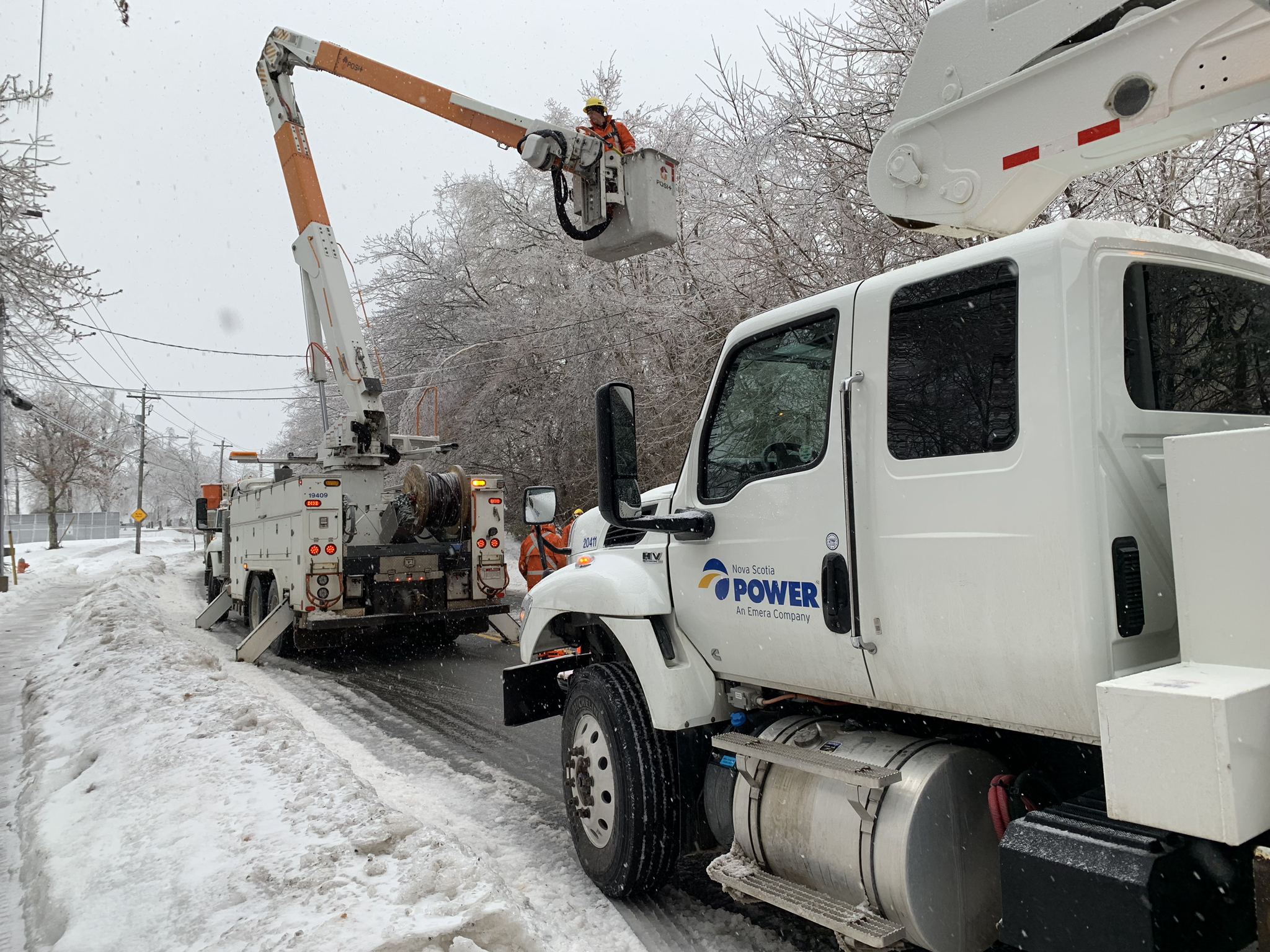What happened this past weekend with the extreme temperatures?
 Cold winter weather is always challenging—but this past weekend, our temperature dipped lower than it has in decades.
Cold winter weather is always challenging—but this past weekend, our temperature dipped lower than it has in decades.
We experienced record-breaking extreme cold temperatures and high winds across the province—in the Brier Island, Halifax, Kentville, Port Hawksbury and Yarmouth areas. Halifax Stanfield Airport recorded -25.6 C, breaking the record of -24.4 C set in 1971, and a wind chill of -43, beating the previous 1967 record of -41.
It was also a record-breaking weekend for power generation. We generated about 10 per cent more electricity on February 4, 2023 compared to the last time it was as high, which was in 2004.
We haven’t seen conditions this extreme in almost 20 years. And we know how tough these conditions may have been for our customers, as you were asking us lots of great questions.
Were you prepared for this?
Operations teams throughout the company planned and prepared all week for these extreme conditions.
We ramped up all our generating stations to maximize production of electricity. We worked with other power producers in Nova Scotia to ensure their resources were also operating at maximum levels. That’s why we had enough power supply and prevented any large outages.
But still, the extreme cold did pose some challenges to our grid in specific areas. Our operations teams worked around the clock to safely restore power to customers as quickly as possible—just as they always do for every weather and storm.
Why was my power out?
There were two main causes of power outages over the weekend. High winds all day Saturday broke trees and branches that fell on powerlines, and extreme cold temperatures overloaded electrical equipment in specific areas, both of which caused outages.
My power kept going on and off repeatedly. What was going on?
We have protection devices installed to enable powerlines that serve multiple communities to be divided into smaller sections. This allows us to detect higher than usual demand sooner, so when there’s an outage, fewer customers are impacted.
In some cases this past weekend, when electrical equipment was overloaded because of the extreme temperatures, protection devices were activated to prevent damage to the equipment and avoid larger outages from happening. That means a smaller number of customers still experienced outages, but much fewer than if the protection device didn’t work as intended.
In rare cases, the high load affecting some of these protective devices can be hovering around its threshold. When that happens, the protection device reacts by interrupting the power many times to protect the equipment, which unfortunately causes many short outages to customers.
We understand how frustrating this was to those customers, but the protection devices still prevented larger outages to many more customers.
How many crews were working on restorations?
We had over 300 people in the field, and hundreds more behind the scenes, working to safely restore power to our customers.
Was the cold slowing down restorations?
When the wind speed was at 80 km per hour, our crews had to stand down until the wind slowed down due to safety reasons. They then safely resumed restoring power to our customers.
Even with the right gear and equipment to help them stay warm, crews needed to take breaks to warm up from working in the extreme cold temperatures.
Were there rolling blackouts?
There were no rolling blackouts.
Rolling blackouts are caused when there is not enough power to meet high customer demand for electricity across the province. We had enough power to meet the high demand over the weekend.
What happened is in specific areas, electrical equipment was overloaded due to higher demand from the extremely cold temperatures. Again, we haven’t experienced these extreme conditions in almost 20 years.
In those cases, we had to temporarily interrupt power to customers, only in those specific areas, to protect our equipment and prevent larger outages. In other cases, we have protective devices in place that automatically interrupted power when there was a serious risk of damage to our equipment.
My outage was not on the map, but the power was still out. What happened?
Some outages don’t show up on our outage map until customers report them directly to us either through the map or the outage line.
Even if your outage isn’t showing on the outage map, crews could still be working on a larger outage in the area that would still restore the power for your specific outage. But it is always best to report your outage to us if you are unsure.
Direct information from our customers is the best way to ensure we are aware of your outage.
Why aren’t you sharing more information with us to help us prepare?
We share the best information available to us at the time—on how to prepare before and during outage—with our customers on our social media channels and with the media.
As soon as we have any additional details on the cause of an outage, we will post that on the Outage Map. Our outage map gets updated every 10 minutes with the best and most up-to-date information available from the field. If you can’t access the outage map, you can call our 24/7 outage line at 1-877-428-6004 to get information specific to your outage.
We also have a Customer Care Centre staffed with dedicated agents, who are available 24/7 to support our customers over the phone during outages. They provide the best and most up-to-date information available from the field.
Do you think you deserve a 14% rate increase with all these outages?
We understand no one likes increases on their bill. This rate-increase decision was the result of a strong and transparent regulatory process that focused on our customers and their best interests.
This increase will allow us to further invest in our grid and in tree trimming, to ensure we continue providing safe and reliable power to our customers. We continue reviewing the details of the UARB’s decision, and we will be sharing more updates soon.
We know outages can be extremely frustrating and inconvenient. That’s why we prepare and plan ahead to stay ready and ensure the least amount of disruption to our customers.
Like with any severe weather event or storm, we are reviewing what we learned from the extreme conditions over the weekend. And next time an extreme cold snap comes our way, we’ll put those learnings into action.
Share This Post:




 Cold winter weather is always challenging—but this past weekend, our temperature dipped lower than it has in decades.
Cold winter weather is always challenging—but this past weekend, our temperature dipped lower than it has in decades.
